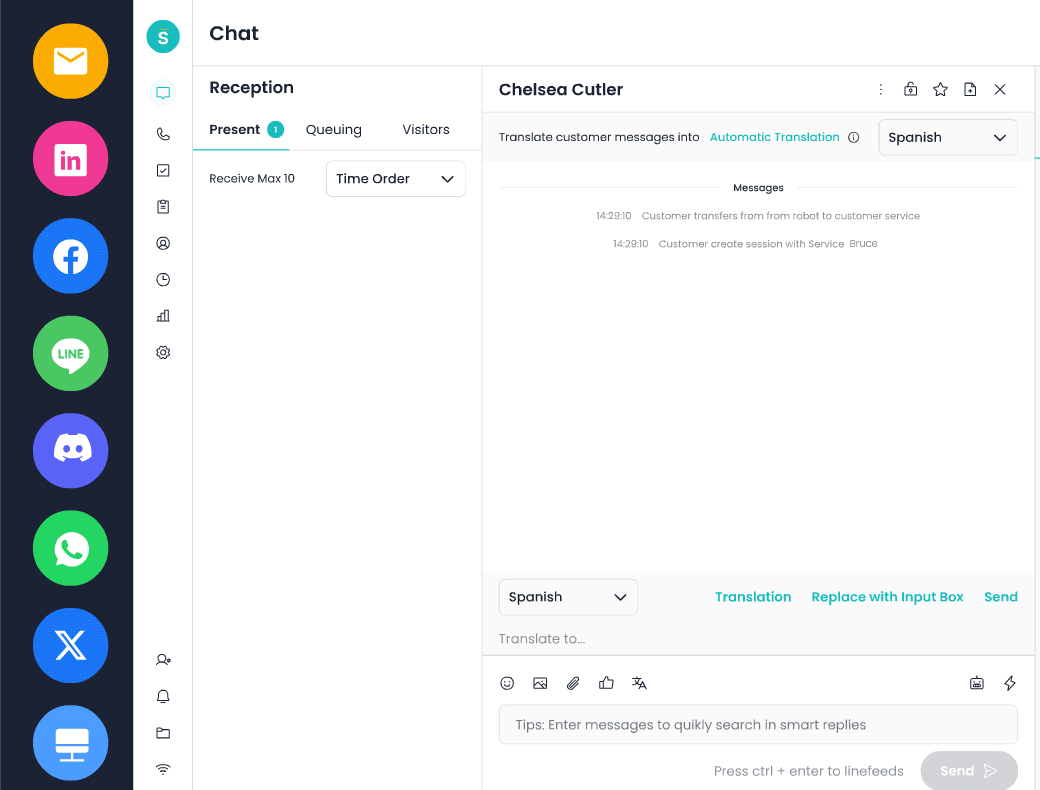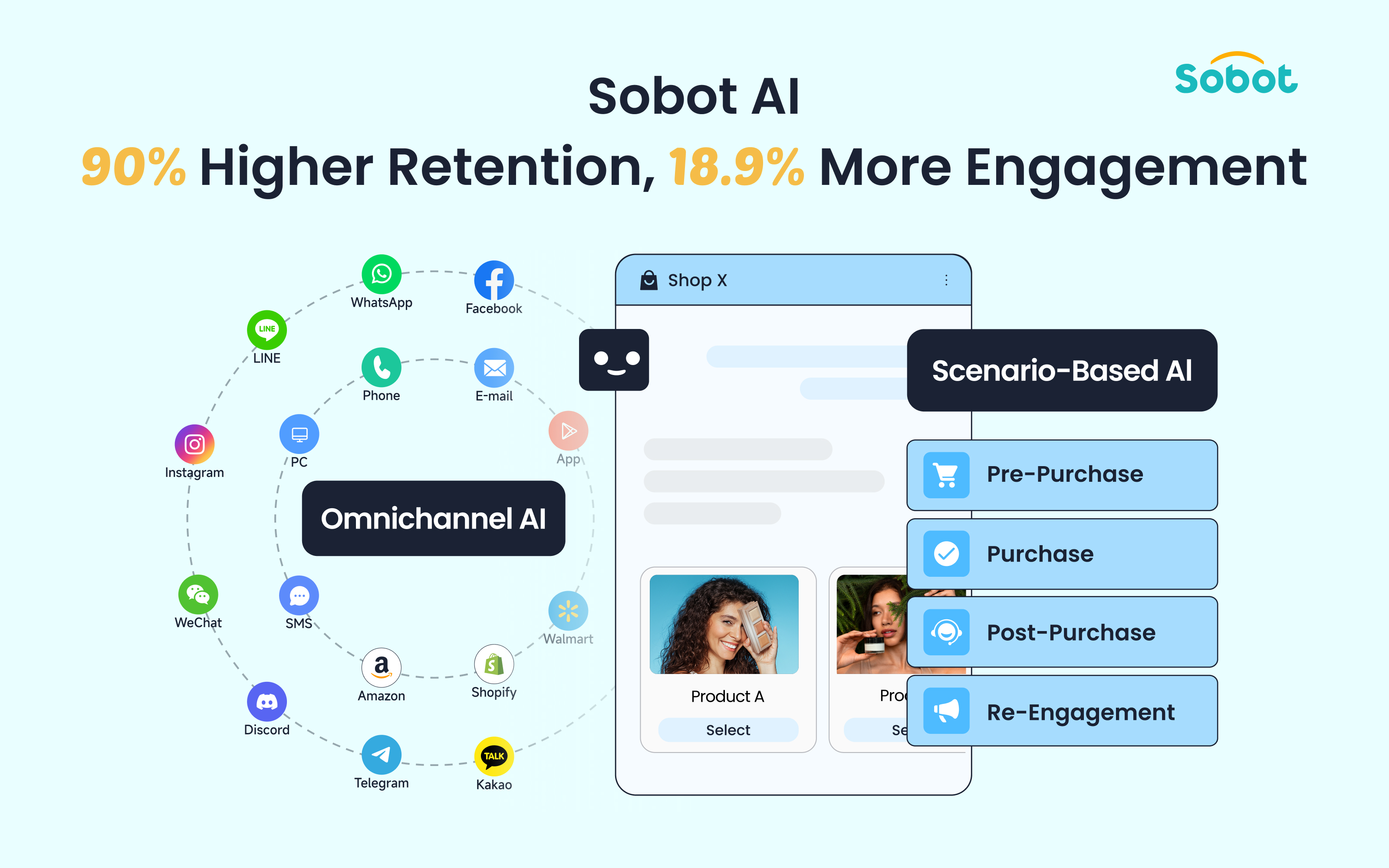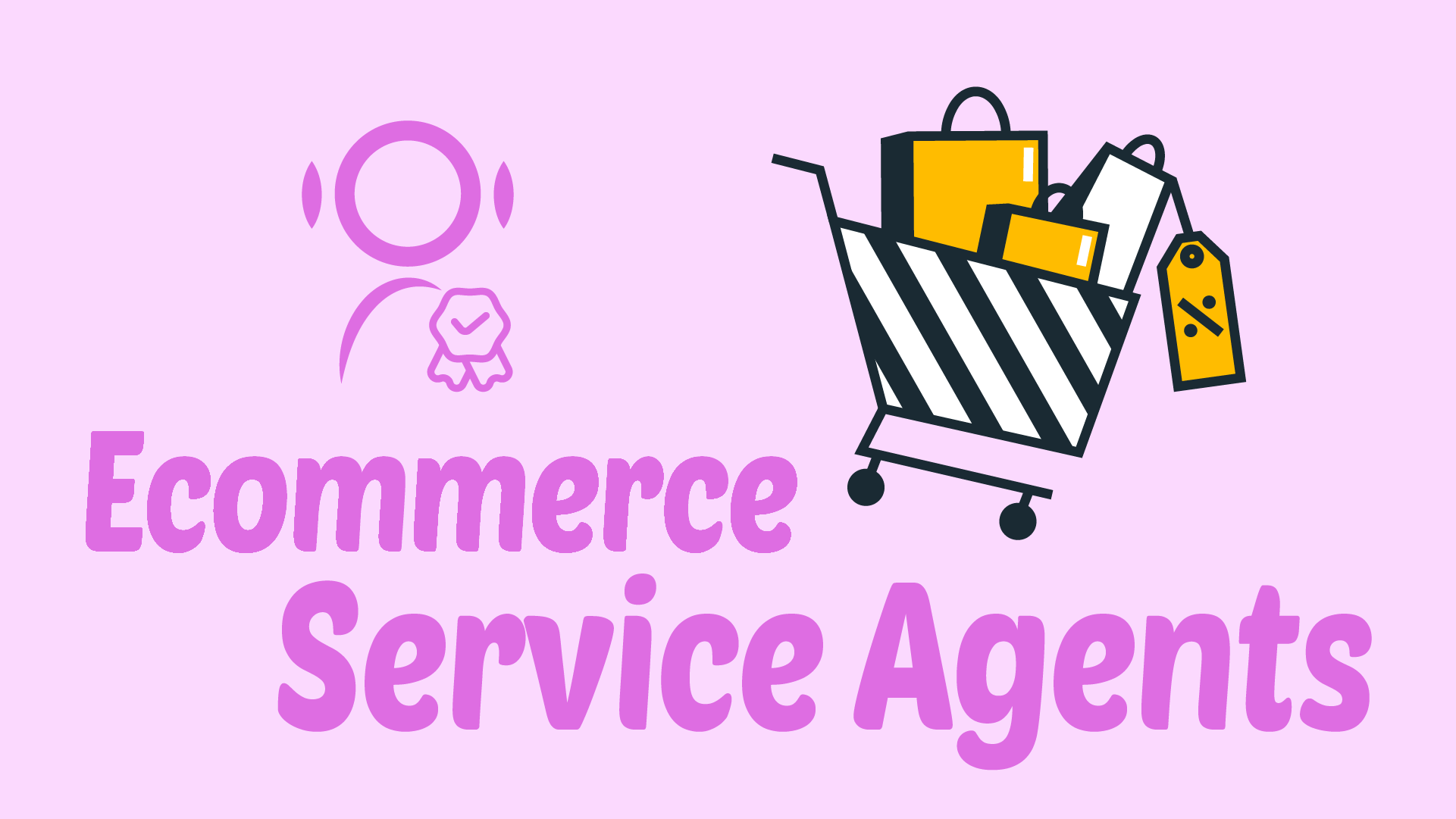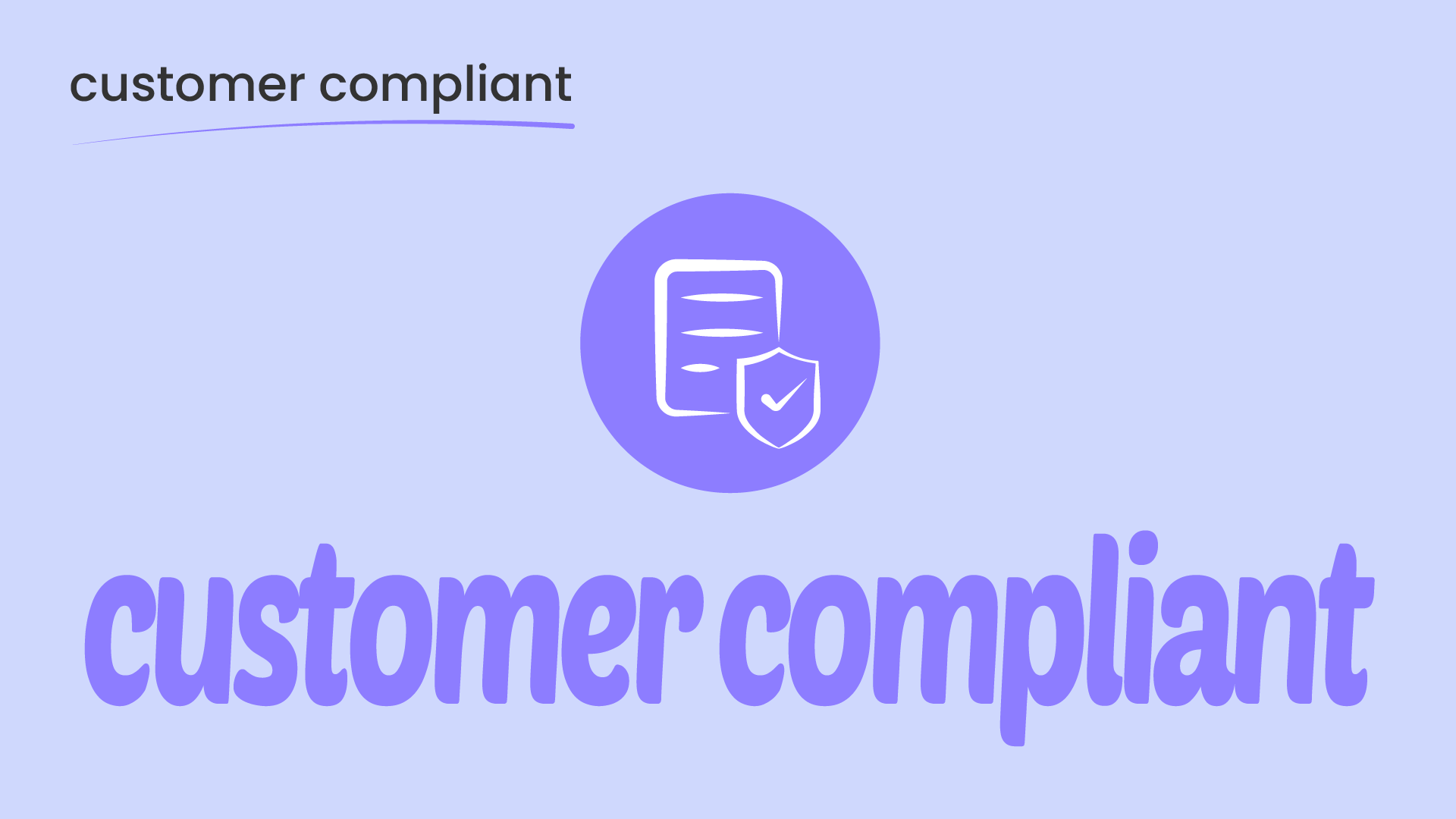Imagine a tireless assistant who can answer customer questions 24/7, in a friendly and informative way. That’s the potential of ChatGPT for e-commerce businesses. This large language model can revolutionize customer service by automating responses and for instance, answering frequently asked questions, offering product recommendations, and even translating languages for a broader customer base. By taking advantage of ChatGPT’s capabilities, e-commerce companies can streamline their operations, boost customer satisfaction, and ultimately drive sales.
If you are not implementing AI on your ecommerce website then you are missing big time. When ChatGPT was launched it became the fastest software ever to hit 100 million users. The AI market in general is still growing at a high rate that it’s expected to hit a market cap of $407 billion by 2027.
ChatGPT can be integrated into various communication channels such as live chat, email, and social media, ensuring consistent and timely customer interactions. This article will cover 11 tips to help you improve customer service for E-commerce using ChatGPT.
Applications
1. Reply to customer reviews

Agents can prompt ChatGPT to craft personalized responses to customer reviews. It ensures timely, personalized, and consistent responses, addressing both positive feedback and concerns effectively. By analyzing the sentiment and content of reviews, ChatGPT can craft appropriate replies that acknowledge compliments, express gratitude, and offer solutions or apologies where needed. Replying to customer reviews not only enhances customer satisfaction but also builds trust and demonstrates a company’s commitment to customer care. Thus, it fosters loyalty and encourages repeat business.
2. To provide step-by-step instructions on buyer accounts
Take an example of a customer, trying to navigate the platform, seeking clear guidance. Providing step-by-step instructions for common tasks can transform this experience from daunting to delightful. Detailed guides, complete with visuals and videos, can be made available on your website or app. When it comes to video tutorials you can rely on GPTs, especially those that create videos from scripts or create presentations.
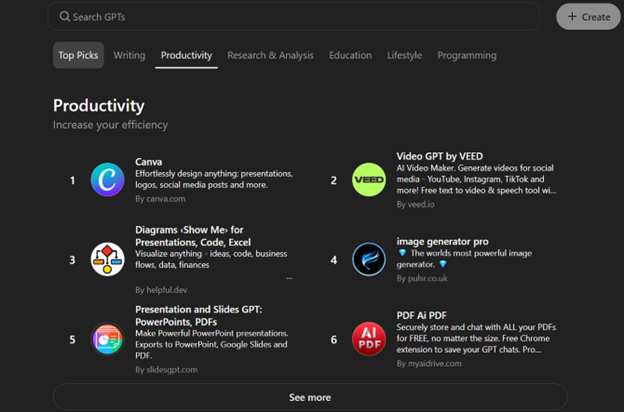
ChatGPT can guide customers through common tasks with clear, step-by-step instructions, enhancing the user experience. Furthermore, you can take advantage of this tool to create step-by-step tutorials to add to the website or app. Whether it’s navigating the website, completing a purchase, or troubleshooting an issue, ChatGPT can provide detailed guidance, ensuring customers can resolve their problems independently. This approach not only empowers customers but also reduces the workload on human agents, allowing them to focus on more complex issues.
3. Gather customer feedback on products
Customer feedback is invaluable for improving service and understanding user needs. ChatGPT can facilitate the collection of feedback by engaging customers in conversations and prompting them to share their experiences and opinions.
The technique of collecting and analyzing customer input helps e-commerce businesses make data-driven decisions, refine their services, and better meet customer expectations. It helps companies continuously enhance their offerings and maintain high levels of customer satisfaction.
4. Track and analyze customer interactions

Navigating through customer interactions and trying to understand patterns and behaviors can be difficult. Effective customer service relies on data-driven insights. The good news is that some ChatGPT tools can track and analyze customer interactions, providing valuable data that helps businesses understand customer behavior, preferences, and pain points.
You can feed ChatGPT with data and ask it to analyze why many customers abandon their carts or return certain products, among many more. By monitoring these interactions, e-commerce platforms can identify trends, optimize their services, and make informed decisions. ChatGPT’s data analysis capabilities enable businesses to fine-tune their customer service strategies, ensuring they meet evolving customer needs.
5. Follow up with customers after purchases or inquiries.
Following up with customers after purchases or inquiries is a crucial aspect of customer service. ChatGPT can automate follow-up messages, ensuring that customers feel valued and cared for. These follow-ups can include thank-you notes, requests for feedback, or additional support if needed. By maintaining communication after the initial interaction, businesses can show their commitment to customer satisfaction and address any lingering concerns.
Fundamental Capabilities
1. Smooth handover to human agents

In E-commerce customers often find themselves needing to get help from support to sort out issues associated with their accounts. Some of these common issues include product defects, damages, shipping management, order status, tracking, payment issues, and more.
The handover from automated systems to human agents plays a crucial role. For example, a customer, who is frustrated and seeking a quick resolution. The transition to a human agent must be seamless.
This eliminates the need for the customer to repeat information, thereby reducing frustration and increasing satisfaction. Properly trained agents, equipped with the right tools and information, can then swiftly take over and address the customer’s needs. Luckily, the latest ChatGPT models can remember customer inputs and hence can relay the details accurately during the transition.
2. Quick response times
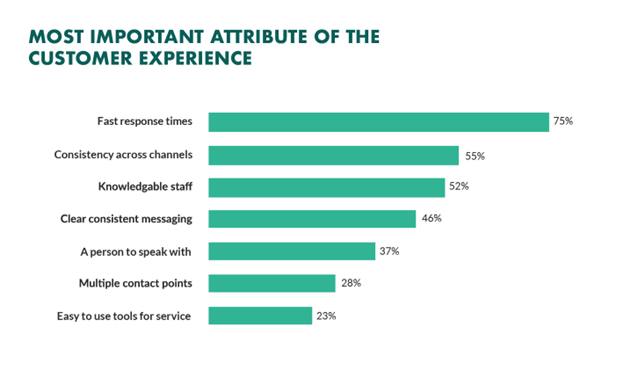
According to a survey carried out by HubSpot, customers rate a response time of less than 10 minutes as a good experience. Customers expect swift responses. Picture a scenario where a customer, eager to resolve an issue or make a purchase on the e-commerce website, sends an inquiry. The speed at which support responds can significantly impact the customer’s perception and satisfaction.
Implementing automated response systems, such as ChatGPT-powered solutions, can ensure that initial inquiries are acknowledged immediately. If the support is delayed in responding, the customers may abandon their carts and look for other platforms with a better shopping experience.
One of the reasons why customers may contact support before making a purchase is when they are looking for clarification. For example, the customer may have questions about warrants, and sizes among other things. This kind of query requires quick response times.
3. Handle frequently asked questions
It’s common for e-commerce platforms to have a FAQ section. However, it’s not enough to hold all the questions customers may have especially for websites or apps selling a wide range of products.
ChatGPT can efficiently handle repetitive inquiries, providing accurate and consistent responses. By automating responses to common questions, e-commerce websites can free up human agents to tackle more complex issues. This capability ensures that customers receive immediate answers, improving their overall experience and satisfaction.
Agents can use ChatGPT to create a knowledge base of frequently asked questions. Alternatively, these platforms can integrate AI Chatbots powered by ChatGPT to answer questions on demand.
4. Provide 24/7 support

In a global marketplace, customers expect round-the-clock support. For example, a customer may require assistance outside of typical business hours. Their frustration mounts as they search for help.
Offering 24/7 support through various channels, such as live chat, email, and phone, can alleviate this issue. Utilizing ChatGPT solutions can handle basic inquiries and issues at any hour, while a team of dedicated human agents can be available for more complex problems.
5. Multilingual support
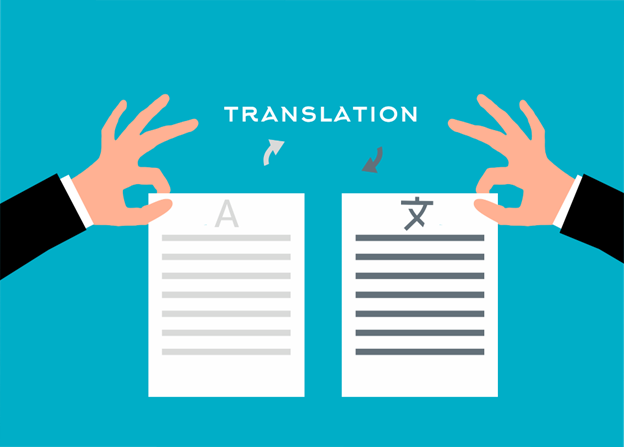
Suppose a customer from a non-English-speaking country is seeking assistance but struggling with language barriers. Providing support in multiple languages can bridge this gap, making customers feel valued and understood.
The customers can send an email or chat with another language directly. You can copy the text and then paste it into ChatGPT for translation. Once you understand the query, you can ask ChatGPT to translate it back to the customer’s native language. However, this process can be tedious especially when dealing with many customers. Luckily, some ChatBots powered by ChatGPT such as Sobot.AI have been designed to translate both customer and support agent queries in real-time.
ChatGPT can offer assistance in multiple languages, ensuring that language barriers do not hinder customer service. According to Seo.AI, ChatGPT can translate more than 95 languages. This capability allows e-commerce businesses to cater to international customers, enhancing their experience and broadening the company’s reach.
6. Continuous improvement through machine learning
In the world of customer service, embracing continuous improvement through machine learning is a game-changer. The best way to implement machine learning is by integrating it through an AI ChatBot and granting it access to customer data.
Imagine a system that learns and adapts from every customer interaction, becoming increasingly efficient and effective. By integrating ML algorithms, e-commerce can analyze vast amounts of data to identify patterns, predict customer needs, and optimize service delivery.
For instance, ML can enhance the ability to understand and respond to complex queries. Hence, improving accuracy and customer satisfaction. Additionally, ML-driven analytics can uncover insights into customer behavior, enabling businesses to tailor their strategies proactively.
What is Customer Service?
Customer service involves assisting and supporting customers before, during, and after their purchase. It includes addressing inquiries, resolving issues, and providing information to enhance the overall customer experience. Effective customer service is essential for maintaining customer satisfaction and loyalty.
Benefits of Good Customer Service
Good customer service leads to increased customer satisfaction and loyalty, resulting in repeat business and positive word-of-mouth referrals. It enhances the company’s reputation, fosters trust, and can significantly boost sales and profitability. Additionally, it helps differentiate the business from competitors by providing a superior customer experience.
How to Integrate AI Chatbot to your website
There are various ways to integrate AI Chatbots on your website. However, my favorite method is using a no-code solution that lets you focus on your e-commerce business. Integrating such a technique is easy and works immediately compared to hiring developers. Here are the simple steps that you can follow for any type of website regardless of the CMS.
Step 1: Signup for free trial or book demo
Sobot offers a free trial for users who want to try the Chatbot before committing.
Step 2: Train your Chatbot without code
Once you sign up, you will get access to the Sobot dashboard. You can use the dashboard to create a create a knowledge base. Thanks to its advanced AI the process is swift.
Step 3: Integrate to the website
After customizing your AI chatbot the next step is to place it to the website either by a plugin or script that you can place inside the header tags.
Step 4: Configure
With Sobot you can configure your Chatbot nickname, Avtar greetings, and many more parameters on the Sobot’s console.
Step 5: Analyze data
You can check the statistics of your agents, chat records, and more. Sobot automatically creates summaries so that business owners can get the overall statistics depending on a certain.
Final Thoughts
Incorporating ChatGPT into your e-commerce customer service strategy offers a transformative approach to enhancing customer interactions and satisfaction. It’s good for providing quick, accurate responses, personalized experiences, and round-the-clock support. Businesses using it can significantly improve their service efficiency and customer engagement. ChatGPT’s ability to handle multilingual support, gather and analyze customer feedback, and continuously learn and adapt ensures that customer service remains responsive and relevant. Implementing an AI Chatbot not only reduces the workload on human agents but also allows them to focus on more complex issues, leading to faster resolution times and a more efficient support system.
1. What are the 4 P’s that improve customer service?
The 4 P’s crucial to enhancing customer service are People, Processes, Products, and Personalization. Skilled staff, efficient procedures, high-quality products, and tailored interactions create a robust customer service framework.
2. How to improve customer service delivery
Regular training and development of staff, using AI chatbots for efficiency, collecting and acting on customer feedback, streamlining processes, and providing proactive support significantly enhance service delivery.
3. Can I use a chatbot for customer service?
Yes, chatbots can handle routine inquiries, provide instant responses, offer 24/7 support, and free up human agents for more complex issues, thereby improving overall customer service.
4. What are the best AI chatbots for customer service?
Top AI chatbots for customer service include Sobot, Zendesk Chat, Intercom, Drift, LivePerson, and Ada, each offering unique features like robust integration, personalized engagement, and advanced AI capabilities.
5. How to improve customer experience with AI chatbots?
Improving customer experience with AI chatbots involves personalizing interactions, ensuring seamless integration with systems, designing user-friendly interfaces, enabling continuous learning, and proactively engaging with customers.
(The information in the article is collected from public channels. If the data or pictures are infringing or inaccurate, please contact us to delete or modify it.)
